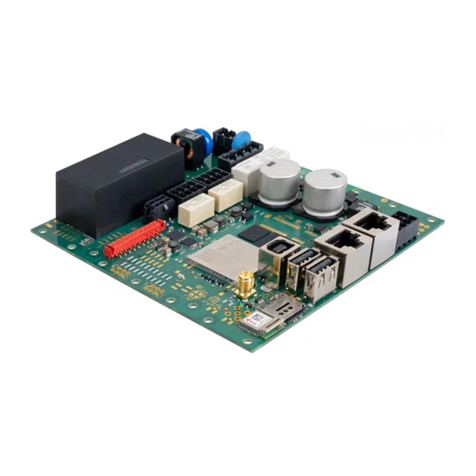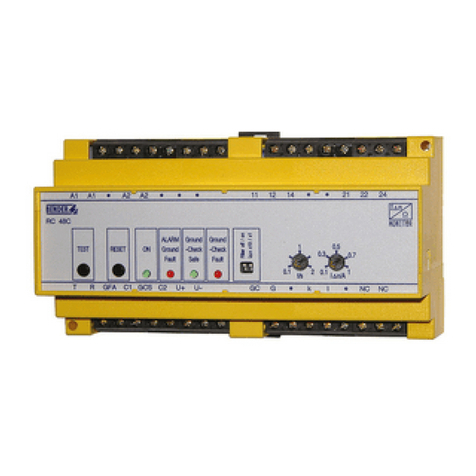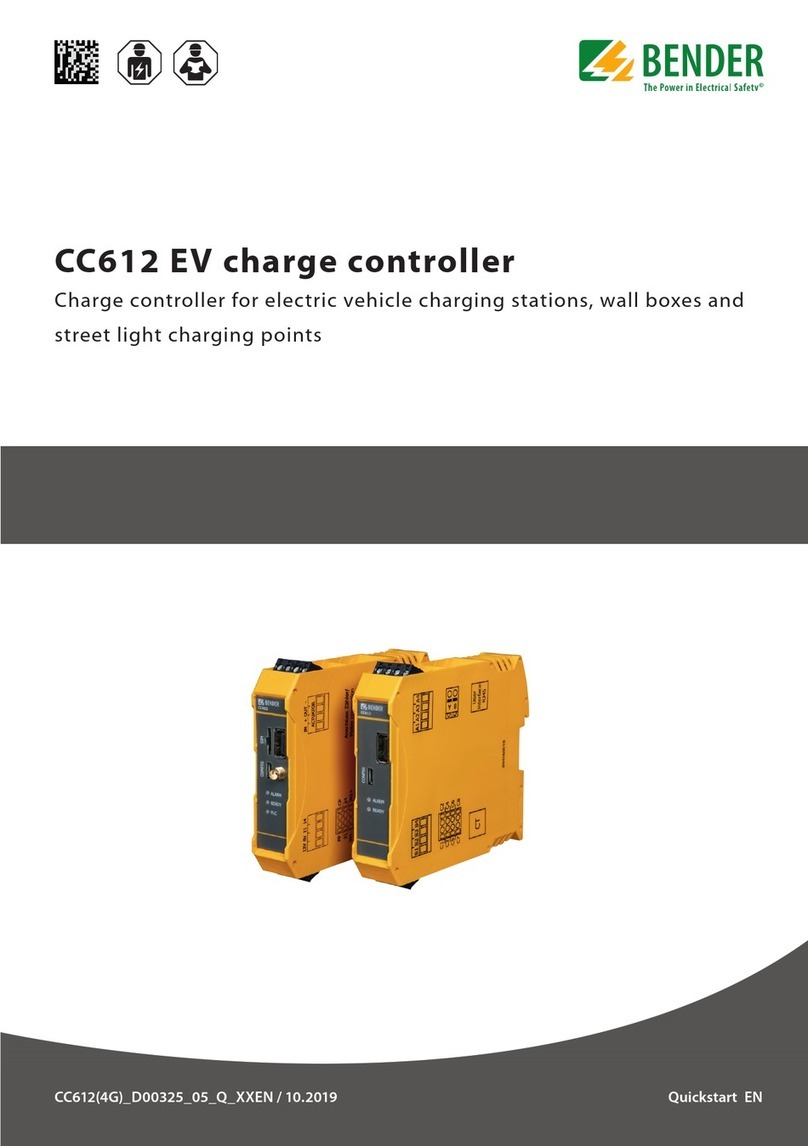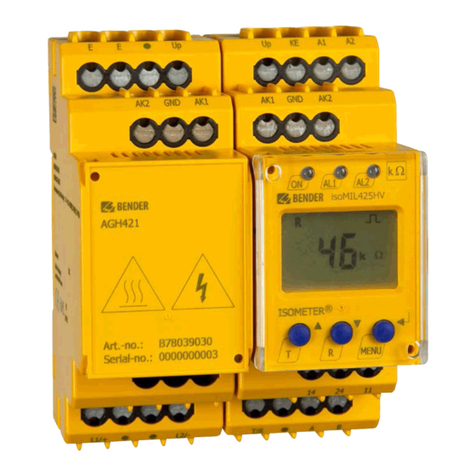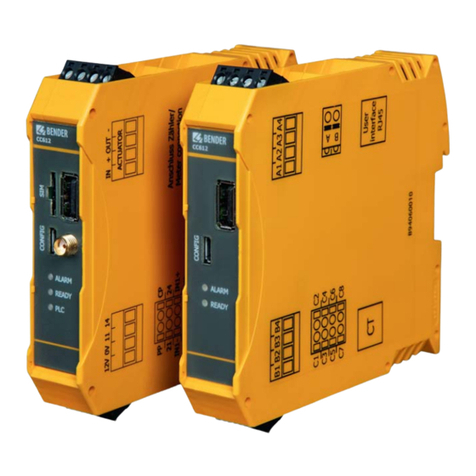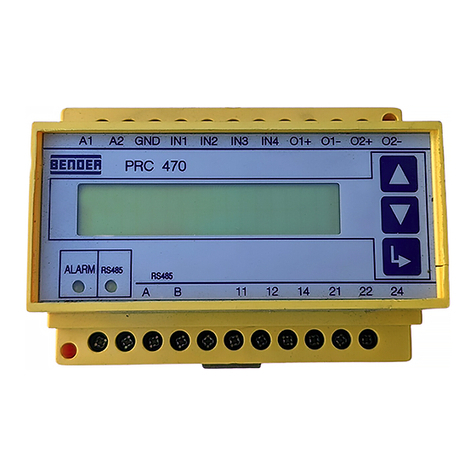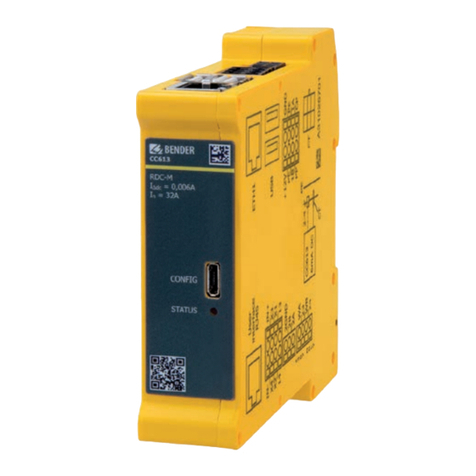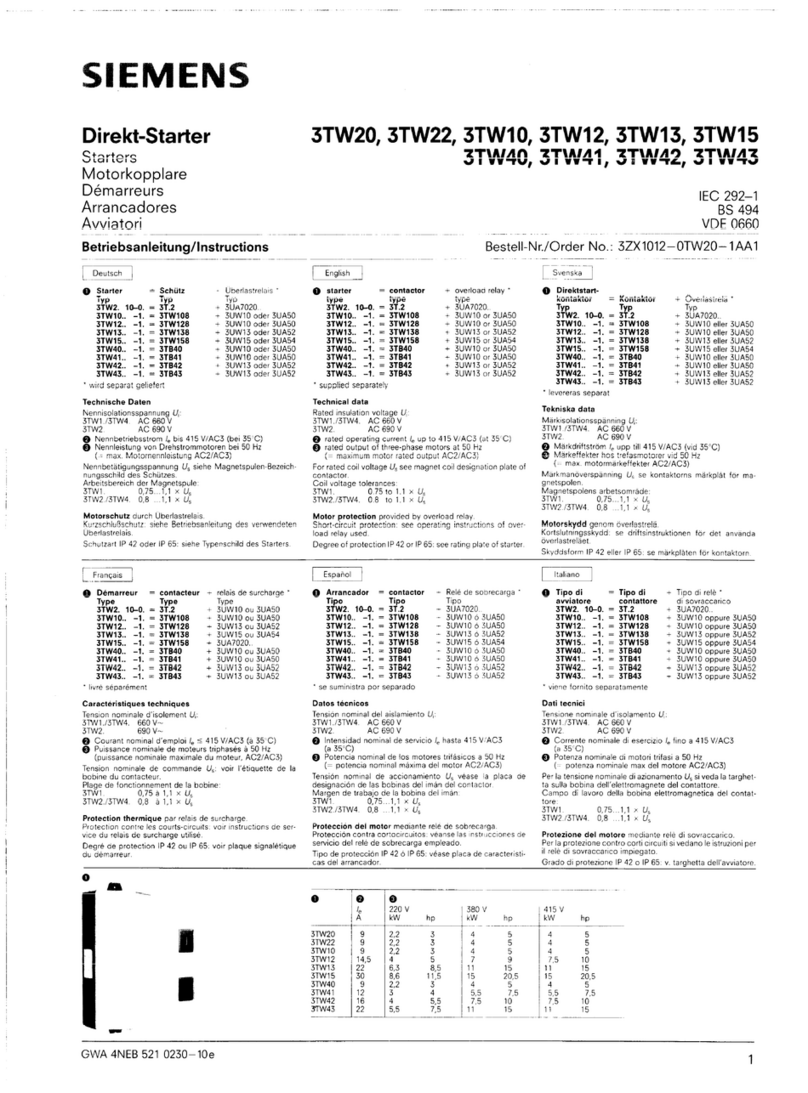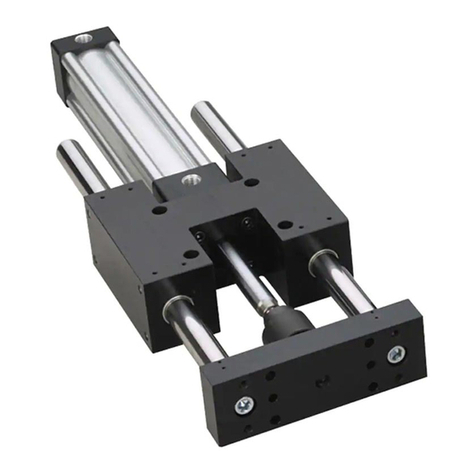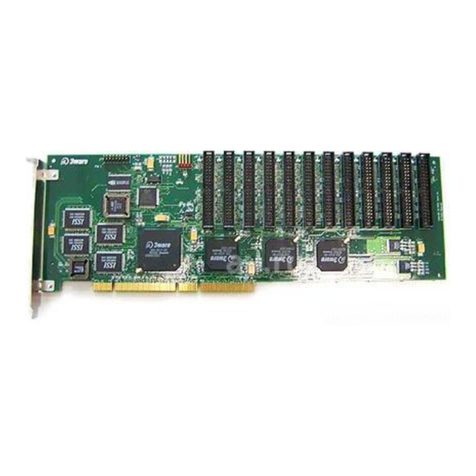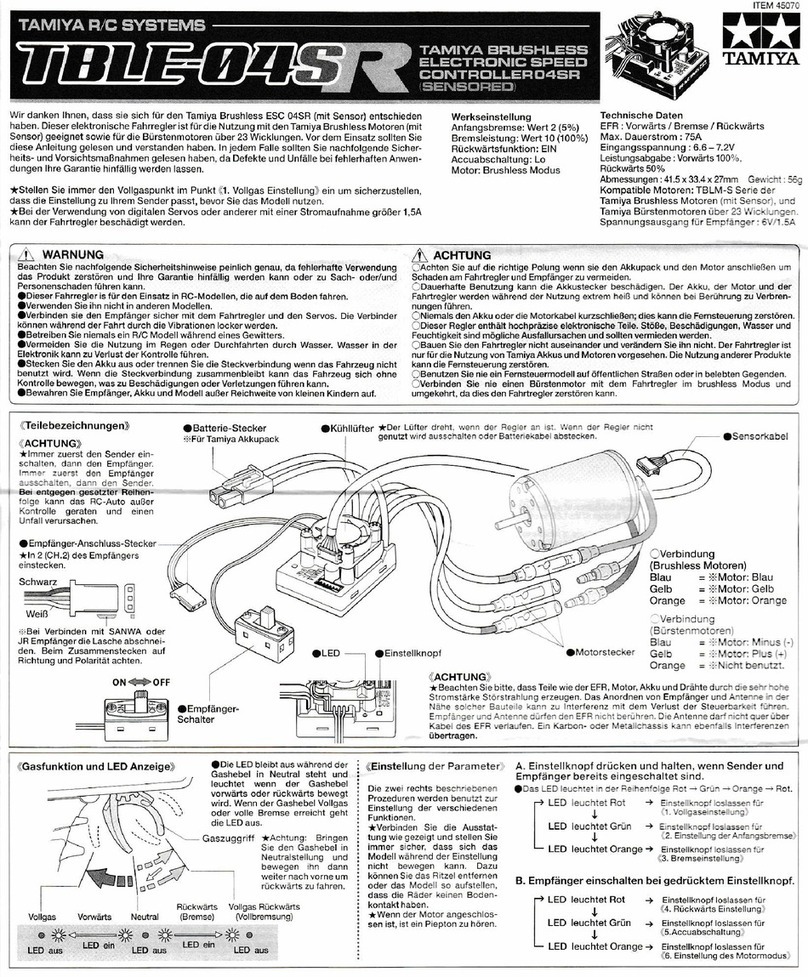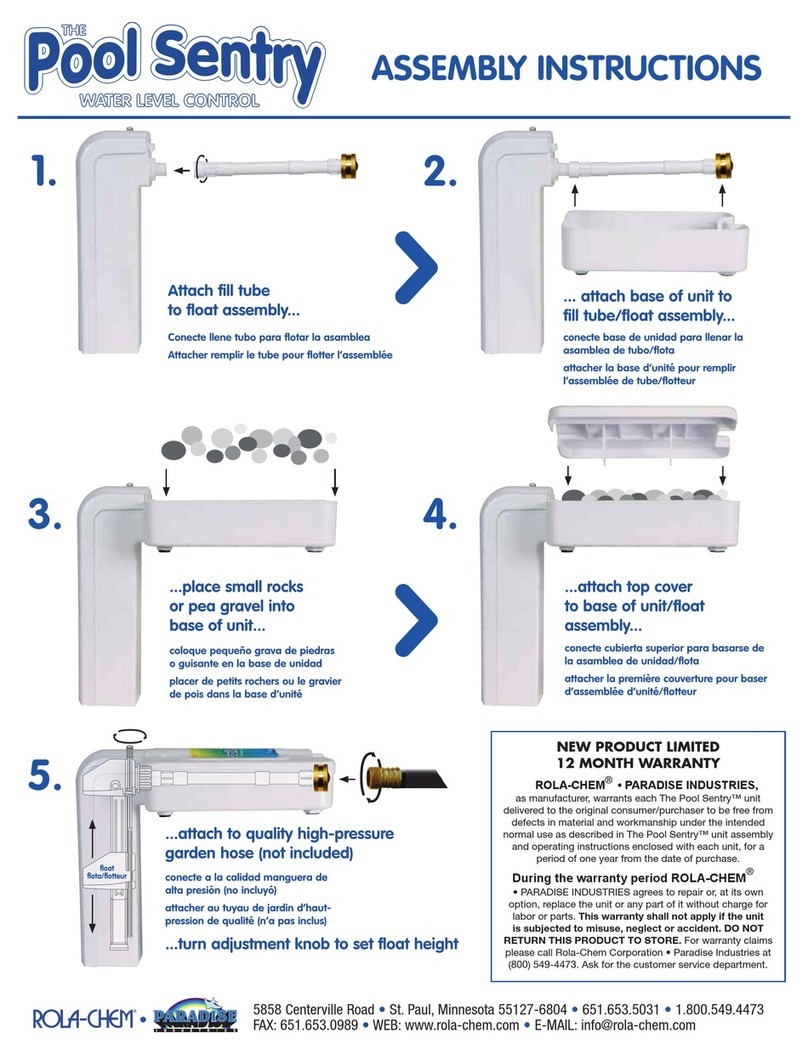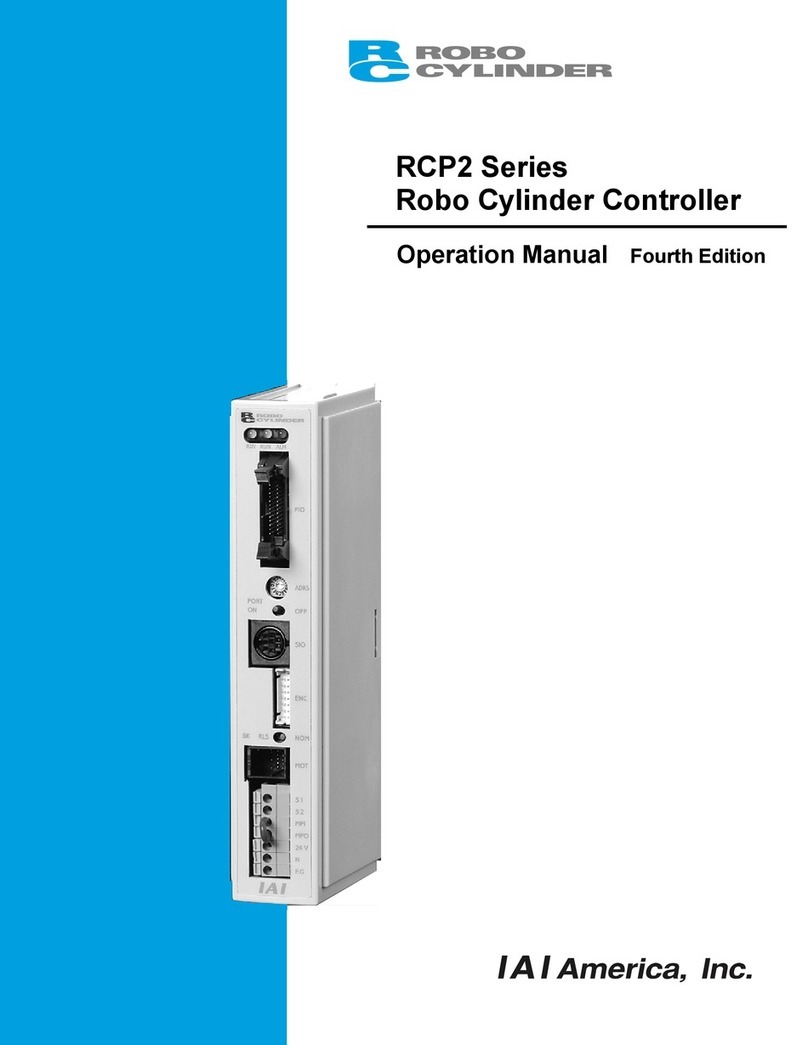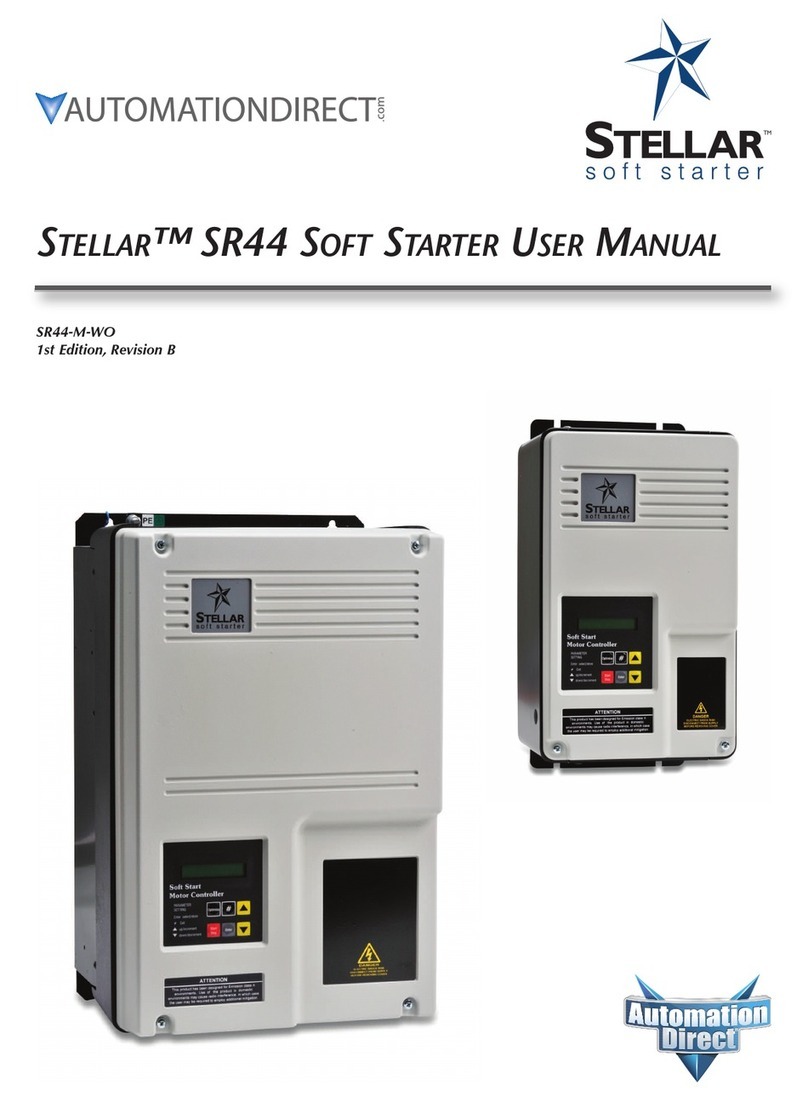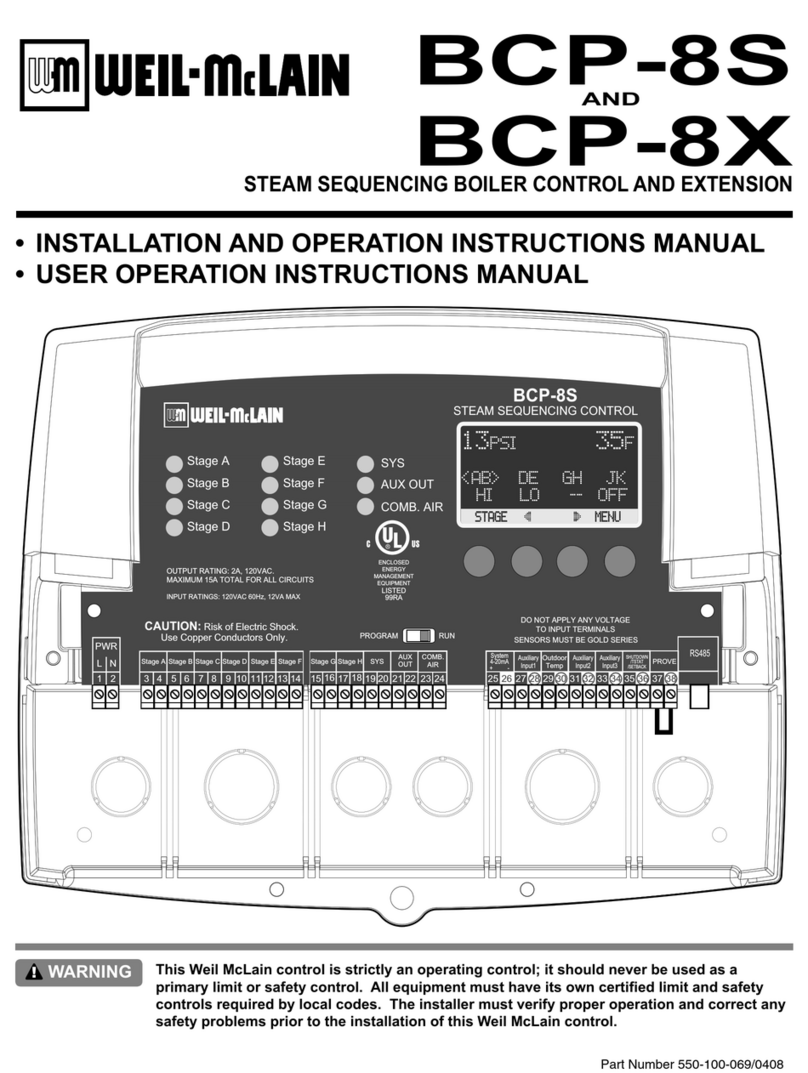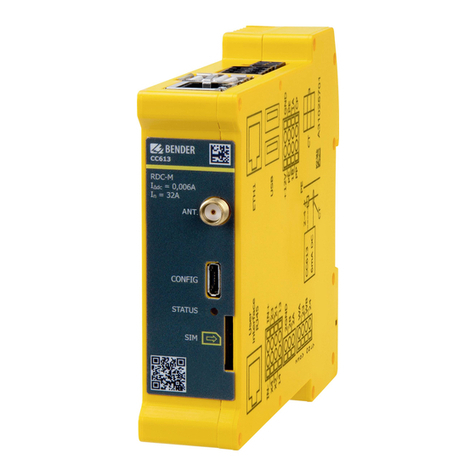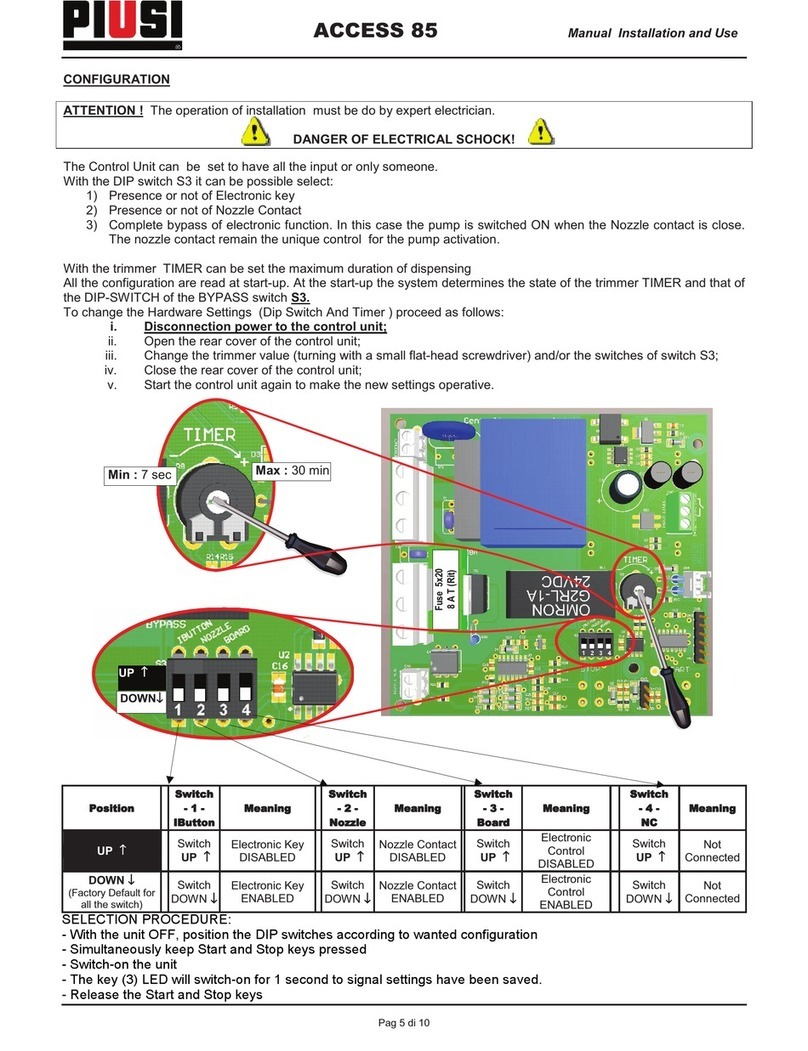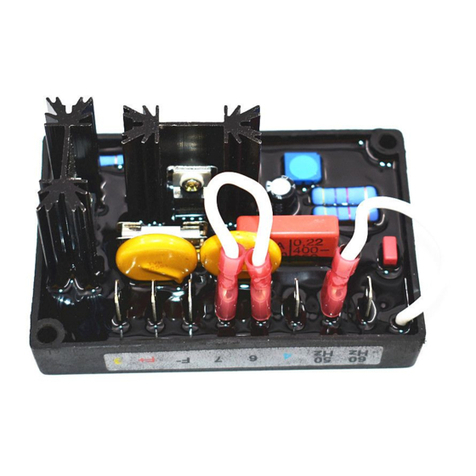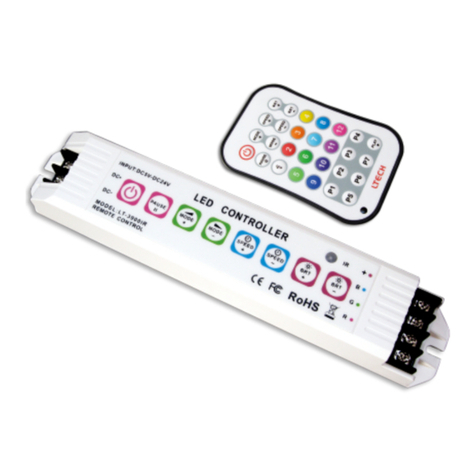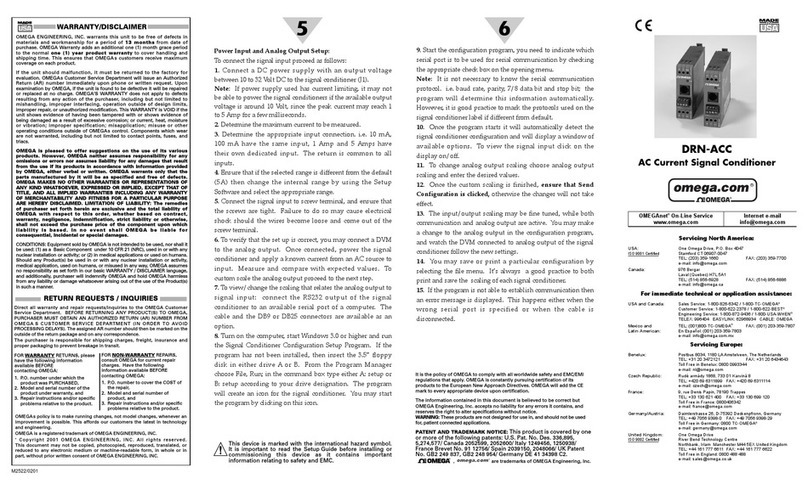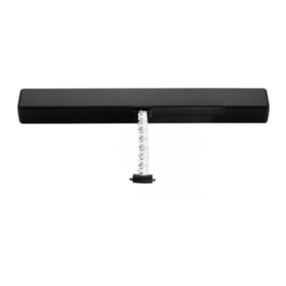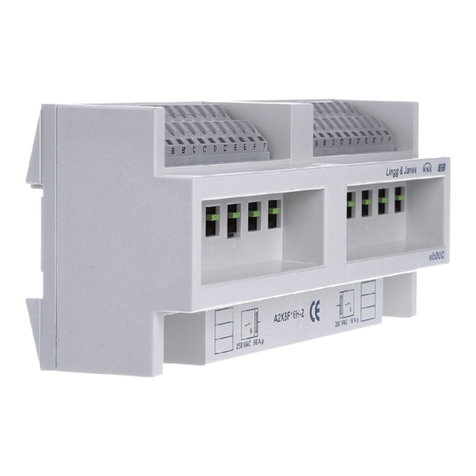
Table of Contents
3
isoPV425_D00028_09_M_XXEN/05.2018
1. Important information .................................................................................... 6
1.1 How to use this manual ................................................................................. 6
1.2 Technical support: Service and support .................................................. 7
1.2.1 First level support ............................................................................................. 7
1.2.2 Repair service ..................................................................................................... 7
1.2.3 Field service ........................................................................................................ 8
1.3 Training courses ................................................................................................ 9
1.4 Delivery conditions .......................................................................................... 9
1.5 Inspection, transport and storage .............................................................. 9
1.6 Warranty and liability ................................................................................... 10
1.7 Disposal ............................................................................................................ 11
2. Safety instructions ......................................................................................... 12
2.1 General safety instructions ........................................................................ 12
2.2 Work activities on electrical installations ............................................. 12
2.3 Intended use ................................................................................................... 13
3. Function ........................................................................................................... 14
3.1 Device characteristics .................................................................................. 14
3.2 Functional description ................................................................................ 15
3.2.1 Monitoring the insulation resistance ..................................................... 16
3.2.2 Undervoltage/overvoltage monitoring ................................................ 17
3.2.3 Self test/error codes ..................................................................................... 17
3.2.4 Malfunction ..................................................................................................... 20
3.2.5 Signalling assignment of the alarm relays K1/K2 .............................. 20
3.2.6 Measuring and response times ................................................................ 21
3.2.7 Password protection (on, OFF) ................................................................. 22
3.2.8 Factory setting FAC ...................................................................................... 22
3.2.9 External, combined test or reset button T/R ....................................... 22




















